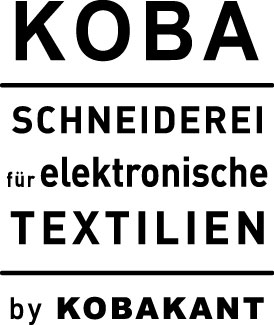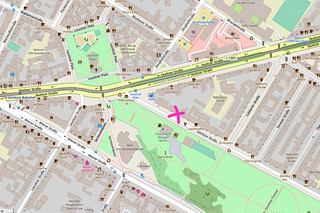Environmental Sustainability
In longer term, we would like to see:
– Nutrition Facts for eTextile objects/ projects/ products (for users, practitioners)
– Design guideline for eTextile practitioners (for practitioners)
But, of course this is quite a big topic, and we have to start with something small and do-able within the duration of the shop project. So, we are crunching down the topic in smaller steps.
Nutrition Facts
we will need the following steps:
-raw material list and datasheet of conductive textiles
-raw material list and datasheet of textiles
-raw material list and datasheet of electronics components
-design of the Nutrition fact list. what to list?
-creating the Nutrition fact list for all the project/product
more details on this topic is here >> http://www.kobakant.at/KOBA/nutrition-facts/
As a starting point of the list, we are focusing on the common conductive textiles we use in everyday practice.
Design Guideline
we will need the following steps:
-choosing frameworks: is it for recycle-ability? Longevity? less waste? less material use? disassemble-ability? what are the criteria?
-understanding the criteria in design practices, analyzing current design -> detailed framework/criteria
-acquiring material knowledge to make decisions
-design examples
-analysis, comparison and critique
-assembling design guideline
We noticed it is not possible to create a design guideline without solid information/knowledge to base the decision. Moreover it will be difficult for us to fulfill both the completion of the commission and applying additional design criteria at the same time.
We need to first understand and develop list of criteria for adequate framework. We can use the commission production process as real scenario case study for analysis.
In the KOBA project, our framework is “longevity and repairability” as what we produce is made to order objects which meant to last long with the users. We ask wearable technology sustainability assessment expert Anne Prahl to critique the commission projects we produce in the form of column/essay and ask her publish it regularly on our site. This way, we can learn what are the criteria from expert’s point of view, and what we are overseeing in our design processes.
This will be the first step toward assembling the design guideline. We aim to work on these steps within the WEAR sustain funding period.
The nutrition fact list research result will inform us about the materials we use at the same time, and the second step: designing/redesigning eTextile sensors, circuit and other examples will be proceeded.
Framework, criteria, material knowledge and examples will be assembled as a design guideline at the end.





